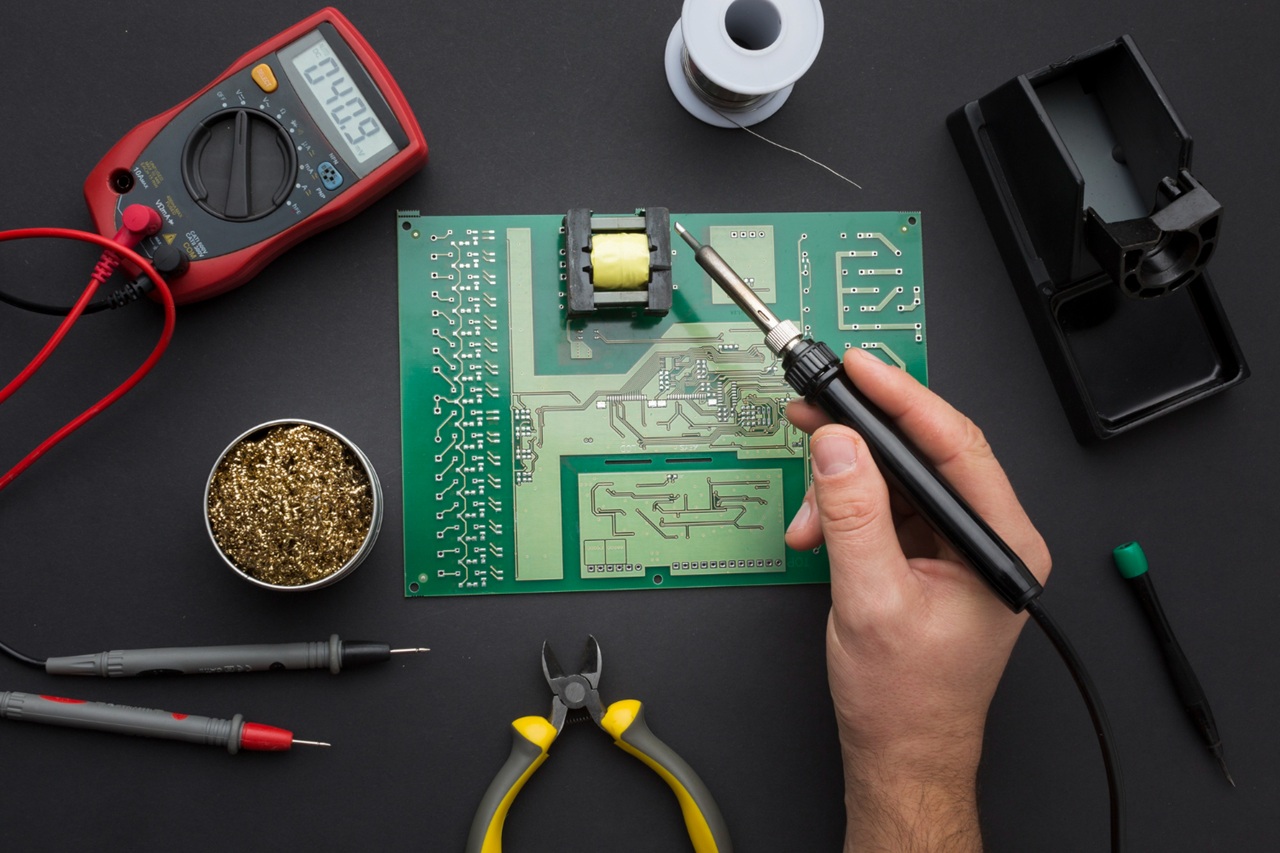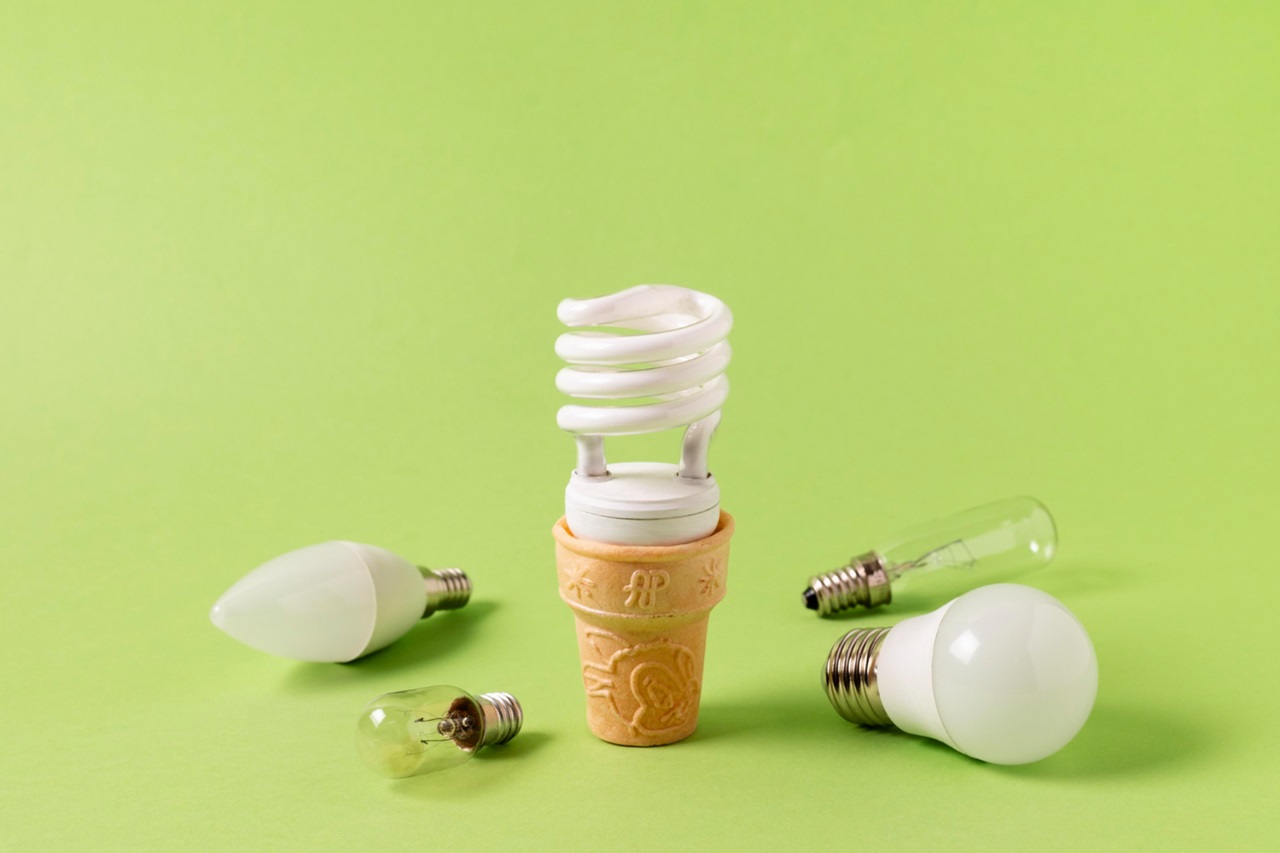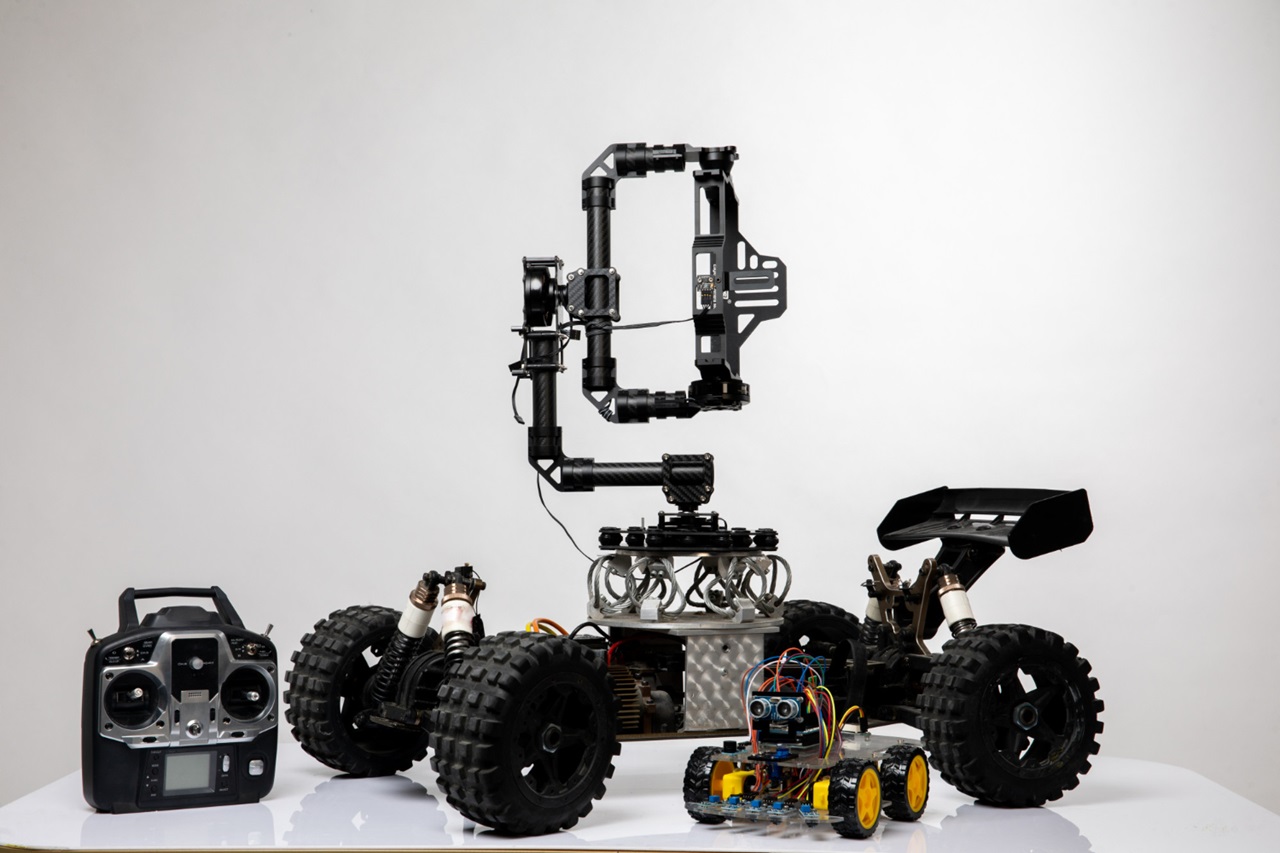The Future of DIY Electronics: Trends and Innovations to Watch
DIY electronics has come a long way from the days of basic circuit boards and simple lightbulb experiments. Today, it’s a thriving community of tinkerers, hobbyists, and creators who are pushing the boundaries of what’s possible. From smart home gadgets to wearable tech, the DIY electronics landscape is evolving rapidly, fueled by emerging technologies, new tools, and innovative ideas.
So, what’s next for DIY electronics? In this blog post, we’ll explore the trends and innovations shaping the future of this exciting field. Whether you’re a seasoned builder or just getting started, there’s never been a better time to dive in.
1. The Rise of AI and Machine Learning in DIY Projects
Artificial intelligence (AI) and machine learning (ML) are no longer exclusive to tech giants and research labs. With platforms like TensorFlow Lite, Edge Impulse, and Arduino’s ML libraries, hobbyists can now integrate AI into their projects. Imagine building a voice-controlled robot or a camera that recognizes objects in real time—all from your home workshop.
Why It Matters: AI-powered projects open the door to smarter, more interactive devices. For example, a DIY smart garden could monitor plant health, predict watering needs, and even send alerts to your phone.
Personal Experience: I recently tried my hand at building a facial recognition door lock using a Raspberry Pi and OpenCV. While it wasn’t perfect (it struggled with recognizing me in poor lighting), the process was an eye-opener for what’s possible at home with affordable tools.
2. Modular Electronics for Easier Prototyping
Gone are the days when building a circuit meant hours of soldering and troubleshooting. Modular electronics systems like LittleBits, Grove, and Seeed Studio’s Wio series are making prototyping faster and more accessible. These plug-and-play modules let you focus on innovation rather than struggling with connections and wiring.
Why It Matters: Modular systems lower the barrier to entry, allowing beginners to experiment without fear of making mistakes. They’re also great for iterating on ideas quickly.
Example: A friend of mine built a DIY home security system using Grove modules in just one weekend. With pre-built motion sensors and a Wi-Fi module, he could focus on the software and user interface rather than spending days on the hardware.
3. Accessible PCB Fabrication and Customization
Printed circuit boards (PCBs) are the backbone of most electronic devices, and advances in PCB fabrication are transforming the DIY space. Online services like JLCPCB, PCBWay, and OSH Park now allow hobbyists to design and order custom PCBs at incredibly low costs. Some platforms even offer tutorials to help beginners design their first boards.
Emerging Innovation: Tools like KiCad, EasyEDA, and Autodesk Eagle are becoming more user-friendly, empowering makers to create professional-grade PCBs from their desktops.
Real-Life Impact: When I started designing PCBs, the process felt daunting. But with online tools and step-by-step guides, I successfully created a custom board for an LED matrix project. The satisfaction of holding a professional-looking PCB that I designed was unmatched!
4. The Growth of Open-Source Hardware
Open-source hardware is revolutionizing the DIY electronics landscape. Platforms like Arduino, Raspberry Pi, and ESP32 provide powerful, versatile boards with open designs that anyone can modify and expand upon. Coupled with open-source libraries and community support, these platforms are the backbone of countless DIY innovations.
Why It Matters: Open-source hardware fosters collaboration and innovation. It empowers makers to customize projects and build on the work of others, driving creativity in the community.
Example: The ESP32 board, with its built-in Wi-Fi and Bluetooth capabilities, has inspired countless projects, from DIY weather stations to smart mirrors. Its affordability and flexibility make it a favorite among hobbyists.
5. Wearable Tech for DIYers
Wearable electronics are no longer the domain of big-name brands like Apple or Fitbit. DIY enthusiasts can now build their own wearable devices using platforms like Adafruit’s Circuit Playground and TinyGo. From fitness trackers to LED-embedded clothing, wearable tech projects are becoming increasingly popular.
Why It’s Exciting: Wearable tech combines fashion, function, and creativity. It’s a fantastic way to learn about sensors, microcontrollers, and power management while creating something unique.
Example: A friend of mine designed a light-up jacket using sewable LEDs and an Adafruit Gemma microcontroller. It turned heads at every music festival she attended!
6. Sustainable DIY Electronics
As concerns about electronic waste grow, sustainability is becoming a significant focus in the DIY electronics community. Makers are finding ways to repurpose old gadgets, design energy-efficient devices, and use eco-friendly materials.
Emerging Trend: Platforms like CircuitMess and Smart Citizen emphasize sustainability by encouraging repairability and modular upgrades.
Practical Tip: Next time you dismantle an old device, salvage components like resistors, capacitors, and LEDs. It’s a cost-effective and eco-friendly way to stock up on parts for your projects.
7. 3D Printing Meets Electronics
3D printing and DIY electronics are a match made in maker heaven. With affordable 3D printers like Creality’s Ender series, hobbyists can design custom enclosures, mounts, and even mechanical components for their projects.
Why It’s Game-Changing: Custom 3D-printed parts let you create polished, professional-looking projects. They also allow for unique designs tailored to your specific needs.
Example: I recently used a 3D printer to create a custom case for a Bluetooth speaker project. It not only protected the electronics but also gave the project a sleek, finished look.
8. Internet of Things (IoT) Projects on the Rise
IoT continues to be a hot trend in DIY electronics. Affordable boards like the ESP8266 and ESP32 make it easy to connect devices to the internet, enabling projects like remote-controlled lights, smart thermostats, and home automation systems.
Why It’s Exciting: IoT projects give you the power to create smart devices that fit your needs. It’s a practical way to learn about networking, sensors, and data processing.
Example: A DIY smart doorbell project I came across used an ESP32, a camera, and a motion sensor. It sent notifications to the user’s phone with a live video feed of their front door—a feature you’d typically pay hundreds for in a commercial product.
How to Stay Ahead in the World of DIY Electronics
- Join the Community: Online forums, maker spaces, and platforms like Hackster.io and Instructables are great for finding inspiration and getting help.
- Experiment Constantly: Don’t be afraid to try new tools and techniques. Learning through trial and error is part of the fun.
- Stay Updated: Follow blogs, YouTube channels, and newsletters dedicated to electronics to keep up with the latest trends and innovations.
- Teach and Share: Sharing your projects with others not only helps the community but also solidifies your understanding of the concepts.
Final Thoughts
The future of DIY electronics is brighter than ever, with trends like AI, modular systems, and IoT pushing the boundaries of what hobbyists can achieve. Whether you’re a beginner taking your first steps or an experienced maker exploring advanced projects, there’s a wealth of tools and technologies waiting to inspire you.
So, roll up your sleeves, grab your soldering iron, and dive into the world of DIY electronics. The only limit is your imagination—and the future is yours to create.
Happy tinkering!




Post Comment